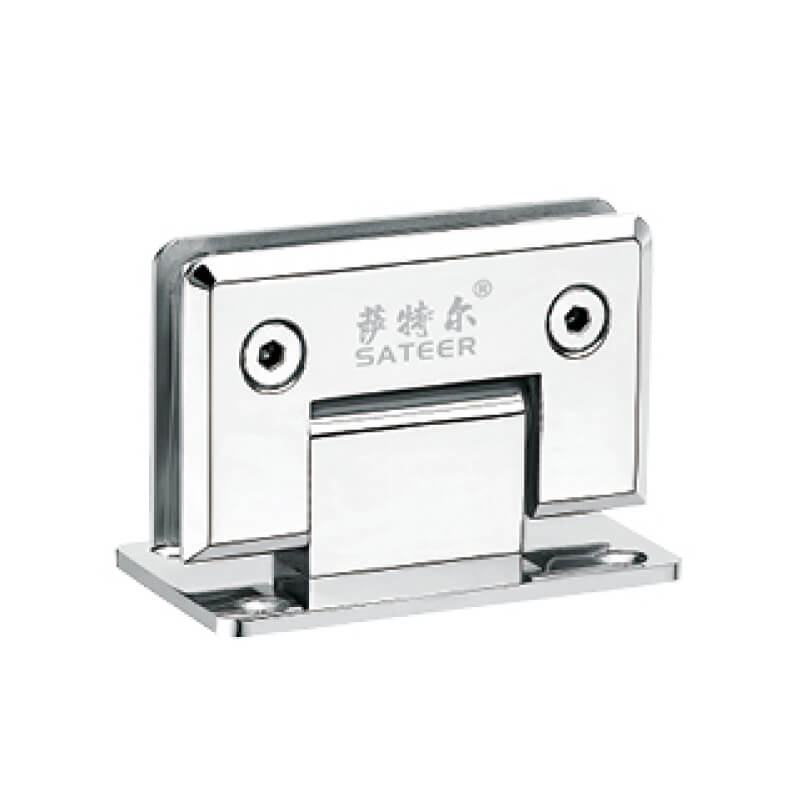Breathe New Life into Old Hardware- Replacing the Linkage Clip for a Smoother Operation
When it comes to aging machinery or hardware, it’s not uncommon for a small but crucial component to become worn or damaged, leading to a noticeable decline in efficiency or performance. One such component that often falls victim to the relentless march of time is the linkage clip.
A linkage clip, as its name suggests, plays a vital role in connecting two or more movable parts. It ensures that these parts move smoothly and in sync, preventing any unwanted wobbling or misalignment. However, with prolonged use and exposure to friction, these clips can become loose, bent, or even break entirely.
The consequences of a worn linkage clip can be far-reaching. It can lead to increased friction, which can put undue strain on the surrounding components and reduce the overall lifespan of the equipment. In extreme cases, a broken linkage clip can even cause catastrophic failures, resulting in costly repairs or replacements.
Fortunately, replacing a linkage clip is a relatively straightforward task that can be tackled with a few basic tools and a little bit of technical know-how. By carefully following the manufacturer’s instructions and taking the necessary precautions, you can breathe new life into your old hardware and restore its smooth operation.
Benefits of Replacing the Linkage Clip:
Restored smoothness and precision in movement
Reduced friction and wear on surrounding components
Increased lifespan of the equipment
Prevention of potential catastrophic failures
Steps to Replace the Linkage Clip:
1. Identify the location of the linkage clip: Locate the two parts that are being connected by the linkage clip. The clip is typically a small, C-shaped piece of metal that fits into a groove or channel.
2. Gather your tools: You will need a pair of needle-nose pliers, a screwdriver, and a replacement linkage clip.
3. Remove the old linkage clip: Carefully use the needle-nose pliers to grasp the old linkage clip and gently pry it out of its position. Be careful not to damage the surrounding parts.
4. Insert the new linkage clip: Align the new linkage clip with the groove or channel and gently press it into place. Make sure that it fits snugly and securely.
5. Reattach the parts: Reattach the two parts that were connected by the linkage clip. Use the screwdriver to tighten any screws or bolts that may have been loosened during the process.
By following these steps, you can easily replace a worn or damaged linkage clip and restore your old hardware to its former glory. Remember, a well-maintained machine is a happy machine, and a happy machine is a productive machine.
-
Why Choose Custom Glass Clamps for Shower Doors? Find the Perfect Fit for Your Bathroom
24-12-2025 -
How Do Glass Shower Door Clamp Hinges Improve the Functionality and Aesthetics of Your Bathroom?
23-12-2025 -
What Is a Shower Door Wall Bracket and Why Is It Essential for a Secure Bathroom Installation?
16-12-2025 -
What is the maximum weight that frameless shower door clips can support?
11-12-2025 -
Shower Glass Clips Hardware: The Ultimate Guide to Choosing, Installing, and Maintaining
05-12-2025
-
Are Glass Door Locks Really Secure? Your Ultimate Guide to Choosing the Right One
25-12-2025 -
What Are Frameless Shower Door Clamps and How Do They Impact Your Bathroom Design?
23-12-2025 -
What are frameless shower clamps and why are they essential for modern bathrooms?
19-12-2025 -
What Makes the Ideal Wall Bracket for Your Glass Shower Screen?
18-12-2025 -
Is a Clip Lock for Door the Smartest Way to Improve Everyday Home Security?
17-12-2025











